Your What structural modification of certain tubule cells images are available in this site. What structural modification of certain tubule cells are a topic that is being searched for and liked by netizens today. You can Find and Download the What structural modification of certain tubule cells files here. Download all free vectors.
If you’re looking for what structural modification of certain tubule cells pictures information connected with to the what structural modification of certain tubule cells topic, you have pay a visit to the ideal blog. Our site always provides you with hints for seeking the highest quality video and image content, please kindly search and find more enlightening video articles and images that fit your interests.
What Structural Modification Of Certain Tubule Cells. CHE1 CHE10 CHE11 CHE12 CHE13 CHE14 CHE15 CHE16 CHE17 CHE18 CHE19 CHE2 CHE20 CHE21 CHE22 CHE23 CHE24 CHE25 CHE26 CHE27 CHE3 CHE4 CHE5 CHE6 CHE7 CHE8 CHE9 Problem. What Structural Modification Of Certain Tubule. It is important for adjusting pH and eliminating substances not already in the filtrate. On the luminal apical surface a Na glucose symport protein assists both Na and glucose movement into the cell.
 Single Cell Rna Seq Reveals Aml Hierarchies Relevant To Disease Progression And Immunity Cells Activity Cell Immunotherapy From pinterest.com
Single Cell Rna Seq Reveals Aml Hierarchies Relevant To Disease Progression And Immunity Cells Activity Cell Immunotherapy From pinterest.com
The outer diameter of a microtubule is between 23 and 27 nm while the inner diameter is between 11 and 15 nm. It is composed of a single layer of cells. Microtubules are polymers of tubulin that form part of the cytoskeleton and provide structure and shape to eukaryotic cellsMicrotubules can grow as long as 50 micrometres and are highly dynamic. Trace a drop of blood from the time it enters the kidney in the renal artery until it leaves the kidney through the renal vein. Juxtaglomerular Apparatus modified cells that occur at the connection of the afferent arteriole and the distal tubule. This is a modified smooth muscle cell lining the afferent arteriole that can contract or relax in response to ATP or adenosine released by the macula densa.
The distal convoluted tubule has a different structure and function to that of the proximal convoluted tubule.
What structural modification of certain tubule cells enhances their ability to reabsorb substances from the filtrate. What Structural Modification Of Certain Tubule Cells Enhances Their Ability To Reabsorb. A second cell type in this apparatus is the juxtaglomerular JG cell or granular cell. What structural modification of certain tubule cells enhances their ability to reabsorb substances from the filtrate. It is important for adjusting pH and eliminating substances not already in the filtrate. This is a modified smooth muscle cell lining the afferent arteriole that can contract or relax in response to ATP or adenosine released by the macula densa.
 Source: pinterest.com
Source: pinterest.com
What structural modification of certain tubule cells enhances their ability to reabsorb substances from the filtrate. Renal artery renal vein CDP rich- Ed IV 9. Their function is to regulate blood pressure in the glomerulus to ensure proper volumes. - Found in the walls of blood vessels and lung alveoli. On the luminal apical surface a Na glucose symport protein assists both Na and glucose movement into the cell.
 Source: slidetodoc.com
Source: slidetodoc.com
Cells lining the tubule have numerous mitochondria to produce enough energy ATP for active transport to take place. Juxtaglomerular Apparatus modified cells that occur at the connection of the afferent arteriole and the distal tubule. It is important for adjusting pH and eliminating substances not already in the filtrate. Trace a drop of blood from the time it enters the kidney in the renal artery until it leaves the kidney through the renal vein. What structural modification of certain tubule cells enhances their ability to reabsorb substances from the filtrate.
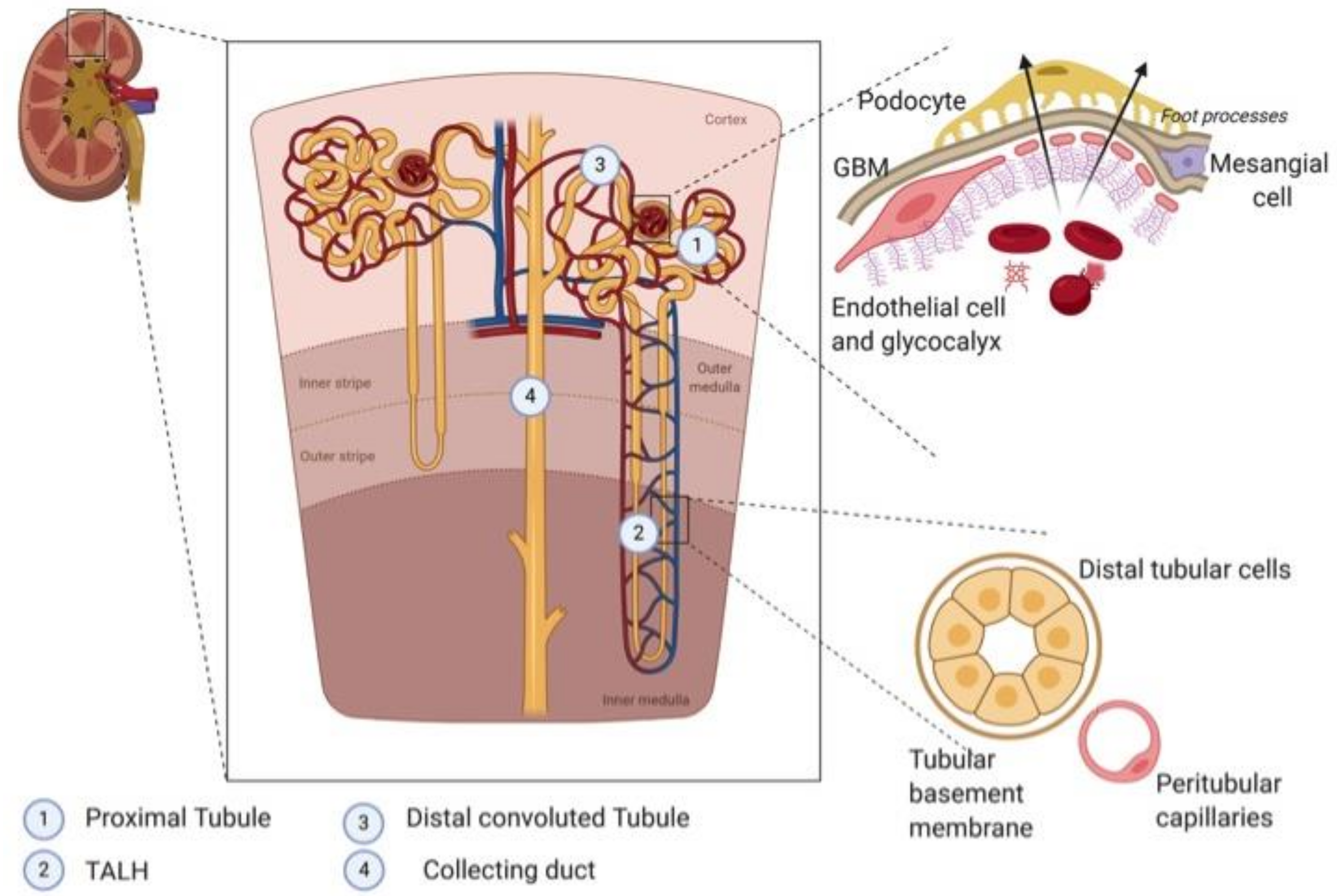 Source: mdpi.com
Source: mdpi.com
CHE1 CHE10 CHE11 CHE12 CHE13 CHE14 CHE15 CHE16 CHE17 CHE18 CHE19 CHE2 CHE20 CHE21 CHE22 CHE23 CHE24 CHE25 CHE26 CHE27 CHE3 CHE4 CHE5 CHE6 CHE7 CHE8 CHE9 Problem. Glomerular capsule - proximal convulated tubule - loop of henle - distal convulated tubule - collecting tubule - papillary duct - minor calyx - renal pelvis - ureter - bladder - urethra. Explain the mechanism of tubular secretion and explain its importance in the urine formation process. Podocytes Trace the anatomical pathway of a. Microtubules are polymers of tubulin that form part of the cytoskeleton and provide structure and shape to eukaryotic cellsMicrotubules can grow as long as 50 micrometres and are highly dynamic.
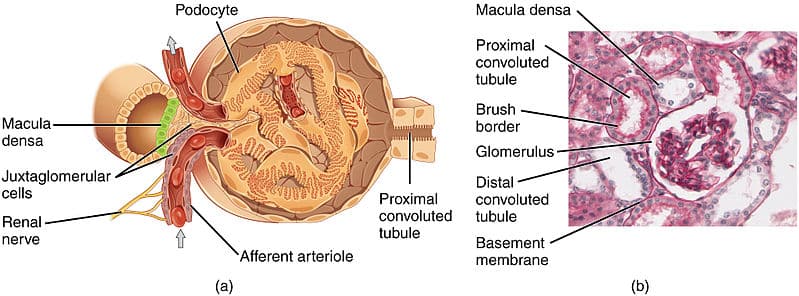 Source: teachmephysiology.com
Source: teachmephysiology.com
This is a modified smooth muscle cell lining the afferent arteriole that can contract or relax in response to ATP or adenosine released by the macula densa. Tubular Secretion -Blood plasma contains red-white blood cells blood proteins glucose water nitrogenous waste and salts. Trace a drop of blood from the time it enters the kidney in the renal artery until it leaves the kidney through the renal vein. 1E 1PLQ 2E 2PLQ 3E 3PLQ 4E 4PLQ 5E 5PLQ 6E. What structural modification of certain tubule cells enhances their ability to reabsorb substances from the filtrate.
 Source: pinterest.com
Source: pinterest.com
Podocytes Trace the anatomical pathway of a. 1E 1PLQ 2E 2PLQ 3E 3PLQ 4E 4PLQ 5E 5PLQ 6E. Tubular secretion is the process of moving substances from the tubule cells or from the peritubular capillary blood into the tubule filtrate. What structural modification of certain tubule cells enhance their ability to reabsorb substances from the filtrate. What structural modification of certain tubule cells enhances their ability to reabsorb substances from the filtrate.
 Source: slideplayer.com
Source: slideplayer.com
What structural modification of certain tubule cells enhances their ability to reabsorb substances from the filtrate. What structural modification of certain tubule cells enhances their ability to reabsorb substances from the filtrate. What structural modification of certain tubule cells enhances their ability to reabsorb substances from the filtrate. This is a modified smooth muscle cell lining the afferent arteriole that can contract or relax in response to ATP or adenosine released by the macula densa. What structural modification of certain tubule cells enhances their ability to reabsorb substances from the filtrate.
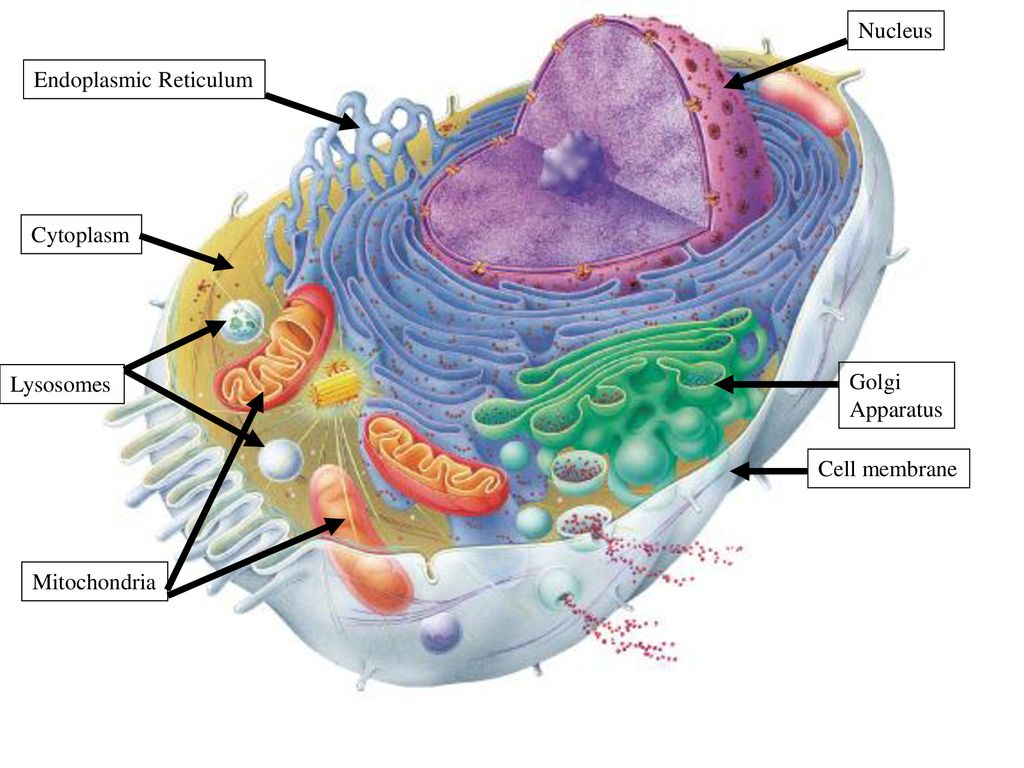 Source: slideplayer.com
Source: slideplayer.com
The distal convoluted tubule has a different structure and function to that of the proximal convoluted tubule. Juxtaglomerular Apparatus modified cells that occur at the connection of the afferent arteriole and the distal tubule. - Found in the walls of blood vessels and lung alveoli. On the luminal apical surface a Na glucose symport protein assists both Na and glucose movement into the cell. What structural modification of certain tubule cells enhances their ability to reabsorb substances from the filtrate.
 Source: pinterest.com
Source: pinterest.com
Herein we summarized modification of traditional nucleoside framework sugar base traizole nucleosides nucleoside analogues assembled by other drugs macromolecule-modified nucleosides and their bioactivity rules. Based on structural modification of cells simple epithelium is 3 types. Cells lining the tubule have numerous mitochondria to produce enough energy ATP for active transport to take place. The outer diameter of a microtubule is between 23 and 27 nm while the inner diameter is between 11 and 15 nm. Trace a drop of blood from the time it enters the kidney in the renal artery until it leaves the kidney through the renal vein.
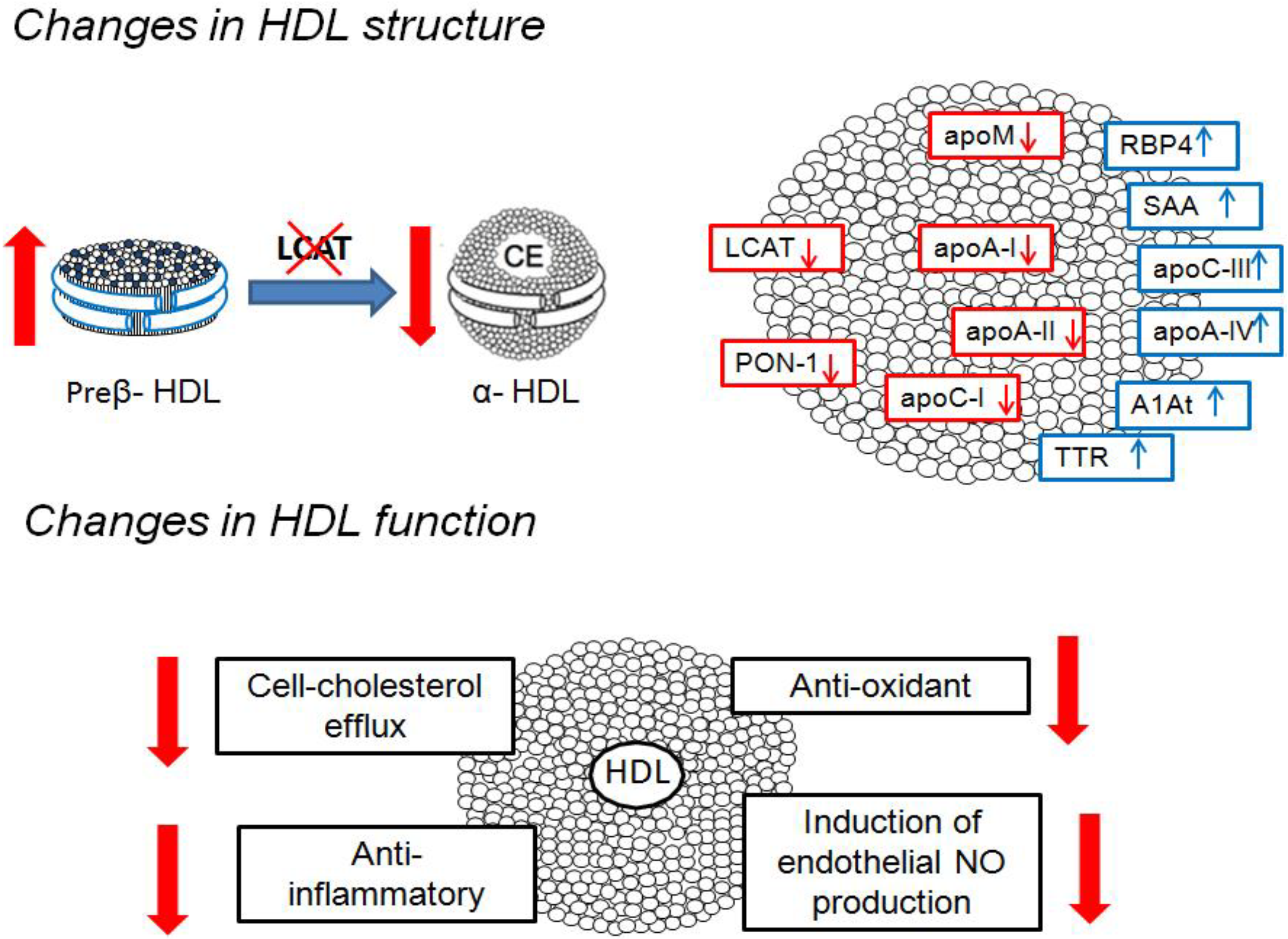 Source: mdpi.com
Source: mdpi.com
This is a modified smooth muscle cell lining the afferent arteriole that can contract or relax in response to ATP or adenosine released by the macula densa. It lines body cavities ducts and tubes. Podocytes Trace the anatomical pathway of a. It is composed of a single layer of cells. 1E 1PLQ 2E 2PLQ 3E 3PLQ 4E 4PLQ 5E 5PLQ 6E.
 Source: researchgate.net
Source: researchgate.net
The distal convoluted tubule has a different structure and function to that of the proximal convoluted tubule. Their function is to regulate blood pressure in the glomerulus to ensure proper volumes. What Structural Modification Of Certain Tubule. Most reabsorption takes place in the PCT and cells there have microvilli to increase their surface area and more mitochondria for increased active transport. CHE1 CHE10 CHE11 CHE12 CHE13 CHE14 CHE15 CHE16 CHE17 CHE18 CHE19 CHE2 CHE20 CHE21 CHE22 CHE23 CHE24 CHE25 CHE26 CHE27 CHE3 CHE4 CHE5 CHE6 CHE7 CHE8 CHE9 Problem.
 Source: pinterest.com
Source: pinterest.com
What structural modification of certain tubule cells enhances their ability to reabsorb substances from the filtrate. 2-Ara-substituted by F or CN group and 3-ara substituted by acetylenyl group can greatly influence their anti-tumor activities. What structural modification of certain tubule cells enhance their ability to reabsorb substances from the filtrate. Explain the mechanism of tubular secretion and explain its importance in the urine formation process. Trace a drop of blood from the time it enters the kidney in the renal artery until it leaves the kidney through the renal vein.
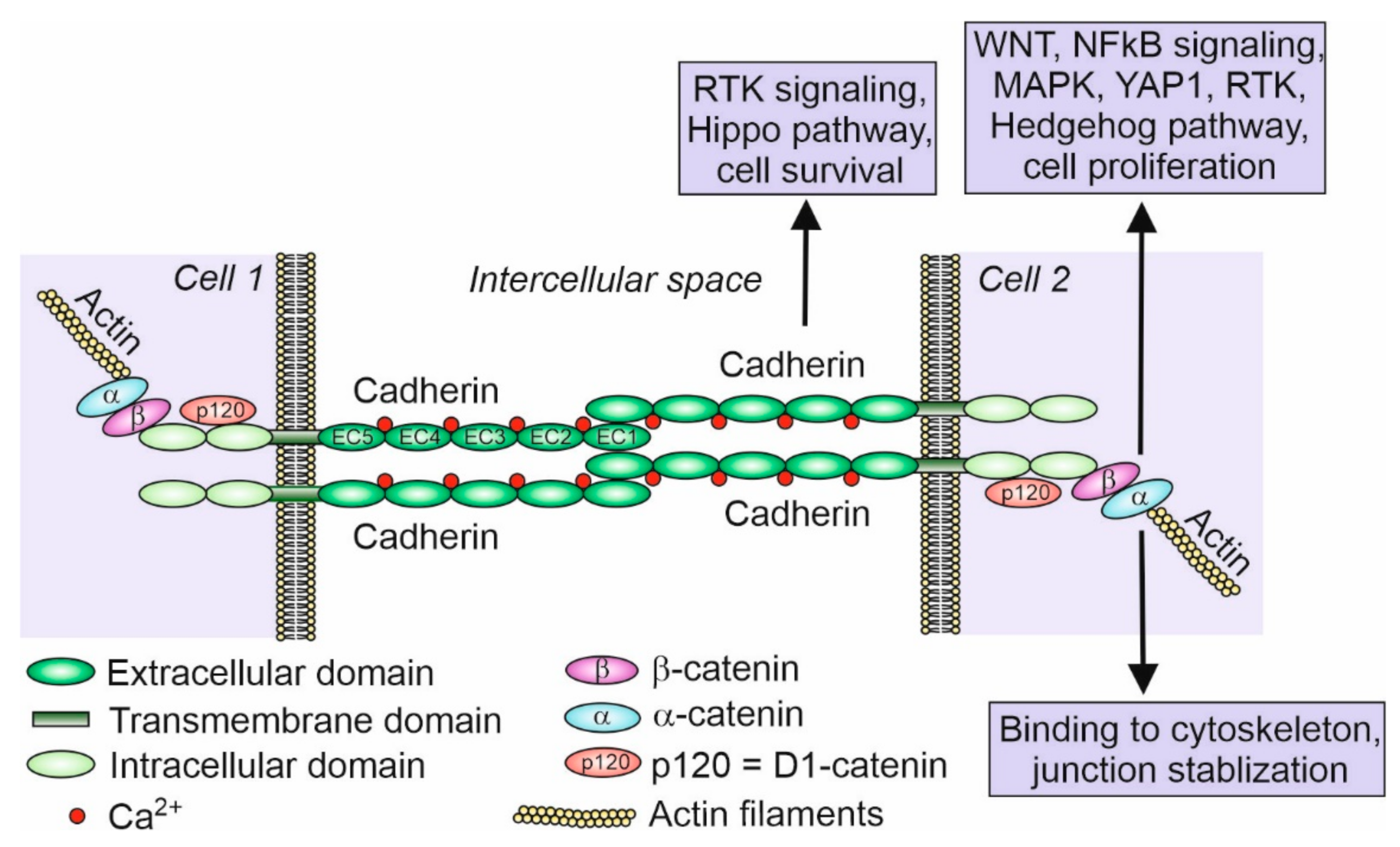 Source: mdpi.com
Source: mdpi.com
Tubular Secretion -Blood plasma contains red-white blood cells blood proteins glucose water nitrogenous waste and salts. O Squamous epithelium- Thin layer of flattened cells with irregular boundaries. Tubular secretion is the process of moving substances from the tubule cells or from the peritubular capillary blood into the tubule filtrate. The distal convoluted tubule has a different structure and function to that of the proximal convoluted tubule. What Structural Modification Of Certain Tubule.
 Source: pinterest.com
Source: pinterest.com
What structural modification of certain tubule cells enhance their ability to reabsorb substances from the filtrate. - Found in the walls of blood vessels and lung alveoli. Based on structural modification of cells simple epithelium is 3 types. Tubular secretion is the process of moving substances from the tubule cells or from the peritubular capillary blood into the tubule filtrate. It is important for adjusting pH and eliminating substances not already in the filtrate.
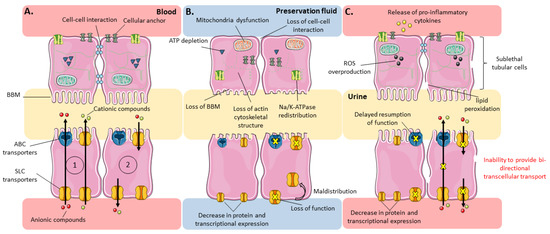 Source: mdpi.com
Source: mdpi.com
It is composed of a single layer of cells. 1E 1PLQ 2E 2PLQ 3E 3PLQ 4E 4PLQ 5E 5PLQ 6E. What Structural Modification Of Certain Tubule Cells Enhances Their Ability To Reabsorb. - Found in the walls of blood vessels and lung alveoli. Ciliated epithelial cells are also present along the entire length of the genital kidney proximal tubule but are lacking in the epithelium of the pelvic kidney proximal tubule.
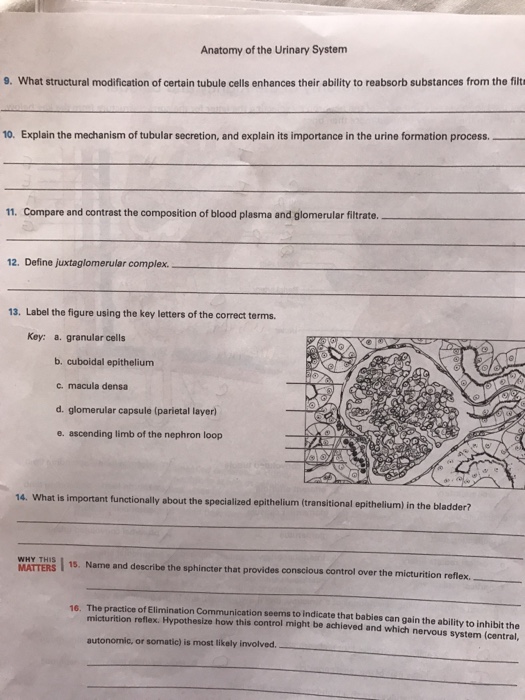
What structural modification of certain tubule cells enhances their ability to reabsorb substances from the filtrate. It is important for adjusting pH and eliminating substances not already in the filtrate. CHE1 CHE10 CHE11 CHE12 CHE13 CHE14 CHE15 CHE16 CHE17 CHE18 CHE19 CHE2 CHE20 CHE21 CHE22 CHE23 CHE24 CHE25 CHE26 CHE27 CHE3 CHE4 CHE5 CHE6 CHE7 CHE8 CHE9 Problem. - Found in the walls of blood vessels and lung alveoli. Tubular Secretion -Blood plasma contains red-white blood cells blood proteins glucose water nitrogenous waste and salts.
 Source: co.pinterest.com
Source: co.pinterest.com
CHE1 CHE10 CHE11 CHE12 CHE13 CHE14 CHE15 CHE16 CHE17 CHE18 CHE19 CHE2 CHE20 CHE21 CHE22 CHE23 CHE24 CHE25 CHE26 CHE27 CHE3 CHE4 CHE5 CHE6 CHE7 CHE8 CHE9 Problem. What structural modification of certain tubule cells enhances their ability to reabsorb substances from the filtrate. Na K ATPases on the basal membrane of a tubular cell constantly pump Na out of the cell maintaining a strong electrochemical gradient for Na to move into the cell from the tubular lumen. What structural modification of certain tubule cells enhance their ability to reabsorb substances from the filtrate. Glomerular capsule - proximal convulated tubule - loop of henle - distal convulated tubule - collecting tubule - papillary duct - minor calyx - renal pelvis - ureter - bladder - urethra.
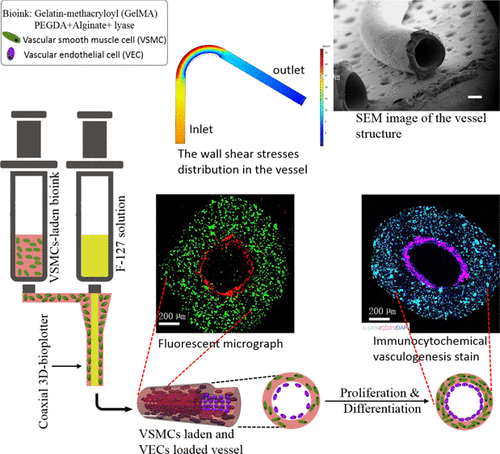 Source: x-mol.com
Source: x-mol.com
Tubular Secretion -Blood plasma contains red-white blood cells blood proteins glucose water nitrogenous waste and salts. It lines body cavities ducts and tubes. It is composed of a single layer of cells. Explain the mechanism of tubular secretion and explain its importance in the urine formation process. On the luminal apical surface a Na glucose symport protein assists both Na and glucose movement into the cell.
 Source: courses.lumenlearning.com
Source: courses.lumenlearning.com
Explain the mechanism of tubular secretion and explain its importance in the urine formation process. 1E 1PLQ 2E 2PLQ 3E 3PLQ 4E 4PLQ 5E 5PLQ 6E. What structural modification of certain tubule cells enhances their ability to reabsorb substances from the filtrate. Herein we summarized modification of traditional nucleoside framework sugar base traizole nucleosides nucleoside analogues assembled by other drugs macromolecule-modified nucleosides and their bioactivity rules. The outer diameter of a microtubule is between 23 and 27 nm while the inner diameter is between 11 and 15 nm.
This site is an open community for users to submit their favorite wallpapers on the internet, all images or pictures in this website are for personal wallpaper use only, it is stricly prohibited to use this wallpaper for commercial purposes, if you are the author and find this image is shared without your permission, please kindly raise a DMCA report to Us.
If you find this site value, please support us by sharing this posts to your favorite social media accounts like Facebook, Instagram and so on or you can also bookmark this blog page with the title what structural modification of certain tubule cells by using Ctrl + D for devices a laptop with a Windows operating system or Command + D for laptops with an Apple operating system. If you use a smartphone, you can also use the drawer menu of the browser you are using. Whether it’s a Windows, Mac, iOS or Android operating system, you will still be able to bookmark this website.






